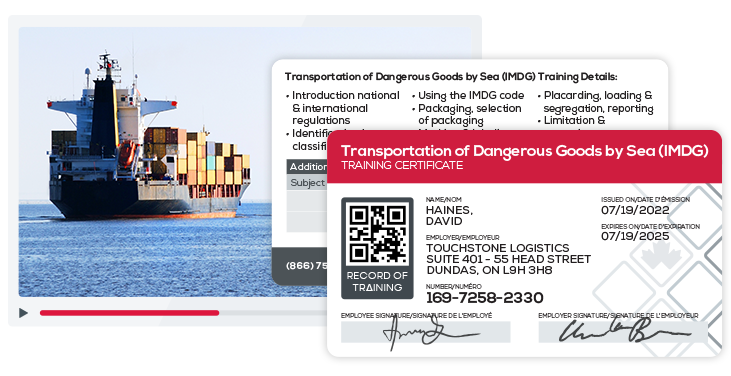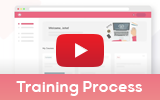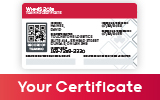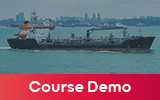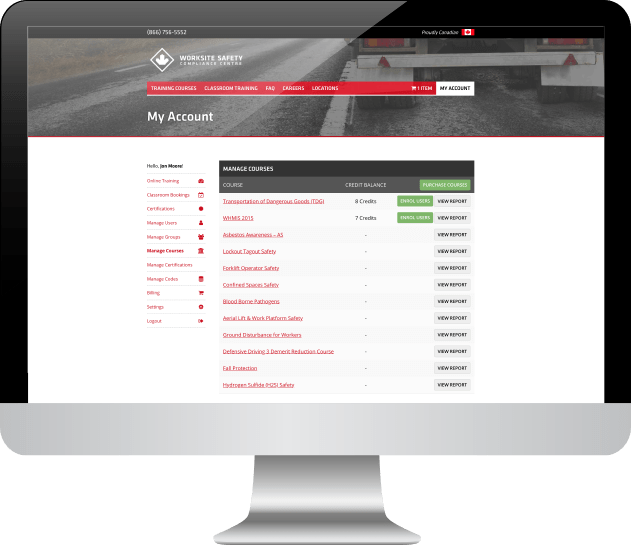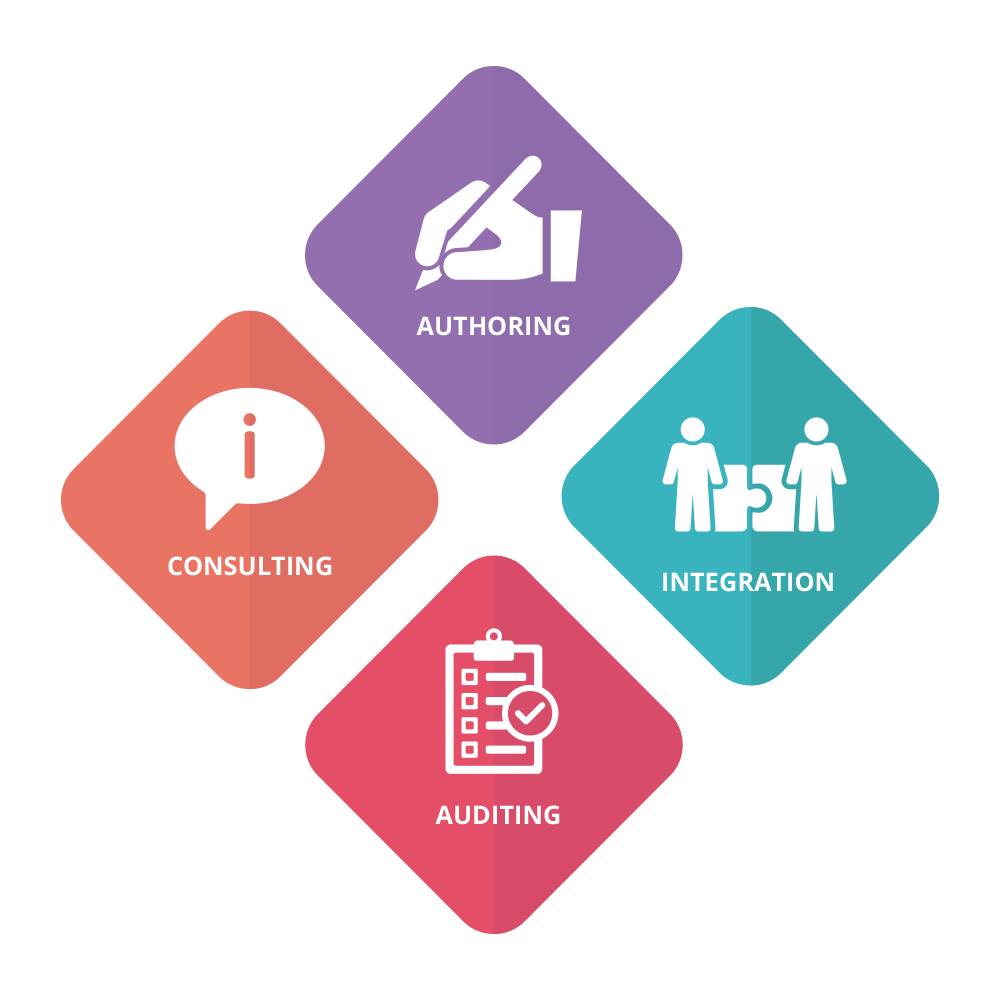SHIPPING DANGEROUS GOODS BY SEA
This is an entry-level program, and is designed for anyone new to the regulations for shipping by sea that have been set out by IMDG. This course will give you an overview of the proper labeling requirements of dangerous goods, what packaging types and methods need to be used depending on the goods you are shipping, what documents need to be filed, who needs to be notified, and what the requirements are for everyone involved in the shipping process.
The IMDG Code is an internationally recognised guideline for the safe transportation or shipment of dangerous goods or hazardous materials by water on a vessel. The code is amended every 2 years.
This course is recommended for anyone that is shipping dangerous goods by sea, people who will be directly or indirectly handling these goods or their documentation, companies or individuals who are receiving dangerous goods, or even those who will only be briefly involved in the process as a third party worker.
Upon completion, students will be issued a wallet certificate which should be kept on their person at all times in addition to a wall mountable full sized certificate.
| Average Duration: 2.5 Hour | |
| Printable Certificate Upon Completion | |
| Plastic Proof Of Training Card Available | |
| Unlimited Exam Attempts | |
| Valid for 3 Years | |
| Self-Paced. Available 24/7 | |
| Live Student Support | |
| Permanent Record of Training | |
| User Management Tools Available |
Course Outline
1. Legislation and Standards
The first section you will go over in this course clearly describes the legal requirements and regulations for transporting dangerous goods by sea and outlines the penalties for non-compliance in Canada.
2. Training
The second section of this course will give you an overview of the types of requirements—general, theory, and physical—to complete TDG by sea training, employer responsibility in getting staff trained, how proof of training is distributed, and how long it remains valid.
3. Security
Security measures taken when transporting are covered here, as well as the provisions for companies, ships, and port facilities. It also outlines the requirements for security plans and discusses goods that are prohibited for transport on vessels.
4. Classes
This section covers and describes each of the classes of dangerous goods and their corresponding symbols.
5. Identification
This section discusses those responsible for identifying dangerous goods and requirements for proof of classification as well as how to identify the correct shipping information
6. Marking and Labeling
These steps cover the purpose of marking and labeling packaging when transporting dangerous goods and the accompanying legal requirements
7. Packaging
This section is all about the legal packaging requirements and references the different types of packaging that must be used when doing marine transport.
8. Consignment Procedures
What are the criteria that need to be met to offer and accept dangerous goods and the provisions for consignment?
9. Documentation
The main requirements for the shipping documentation that must accompany dangerous good shipments is covered, as well as the requirements for certification and emergency response information
10. Transport Information
Here, subjects like the provisions for stowage and general, as well as, specific segregation requirements for dangerous goods, are discussed
11. Emergency Response and Reporting Incidents
IMDG requires you to know the overall precautions that need to be taken regarding shipments and cargo and how to report incidents such as damage and contamination.
12. Site registrations
This section explains the process for registering a site as well as the necessary information when registering, renewing a registration, what actually qualifies as a site for transporting dangerous goods by marine, and any exemptions from registration.
Bulk Discounts. Free Tools.
Depending on how many training credits you purchase, you may receive a discount. Once purchased, training credits may be used to assign training to users in your account or held for future use.
In addition to the training that you purchase, you will also have access to a number of free training management tools. These tools allow you to add and manage users in your account, distribute training courses, view training progress, print certificates, view records of training, and create customized certification reports to ensure your users are always in compliance.
Additional Services
We put our team of professionals to work to build solutions that improve results, save time, relieve your budget and keep your people safe. In addition to our training programs, we also provide Consulting Services, Train The Trainer Solutions, Course Authoring, and Integration services.

